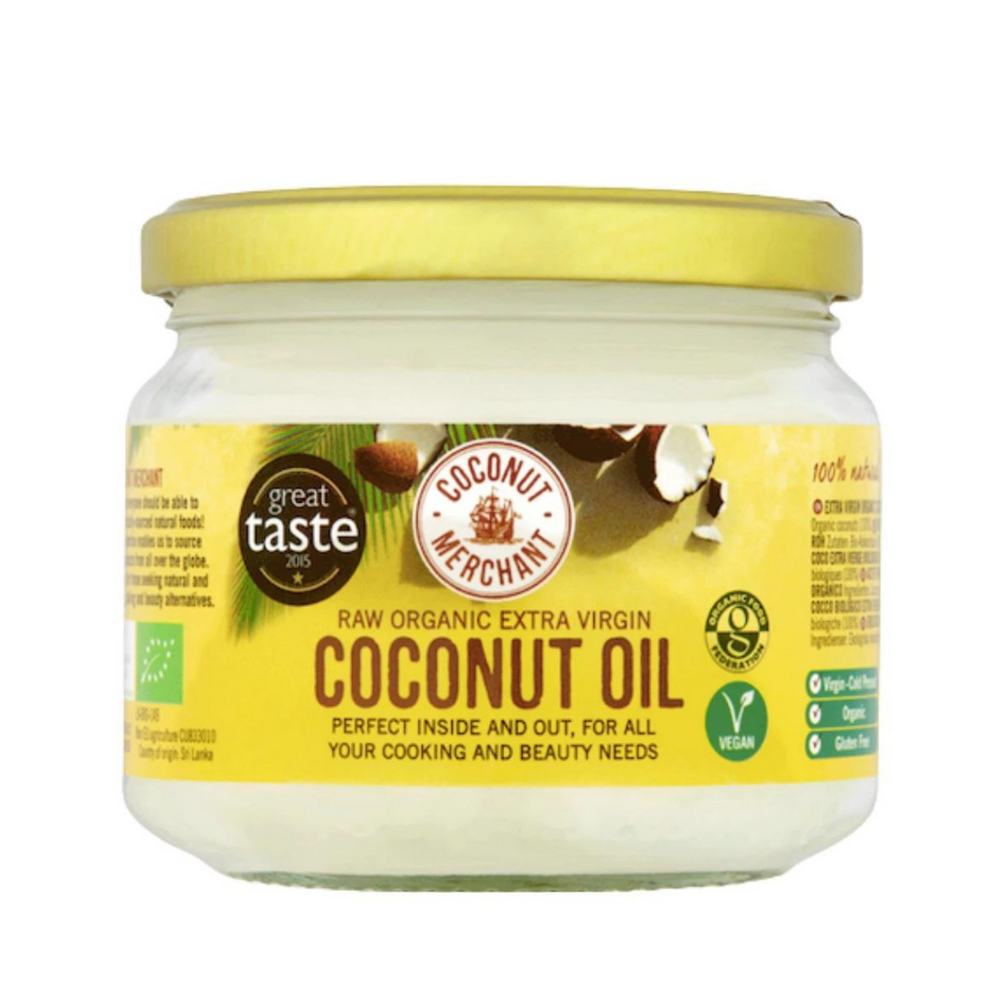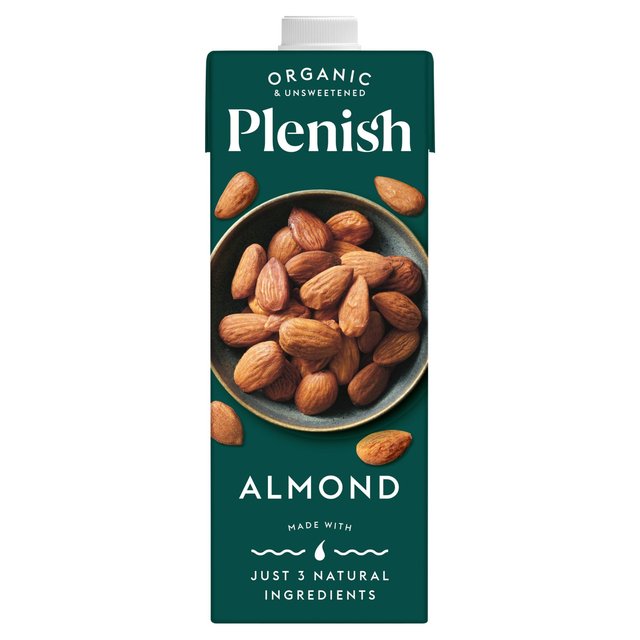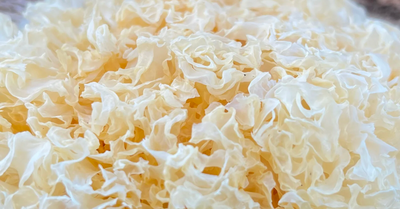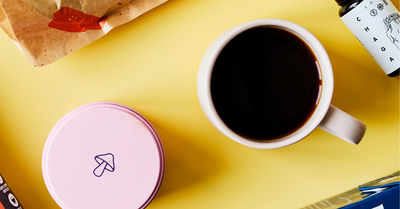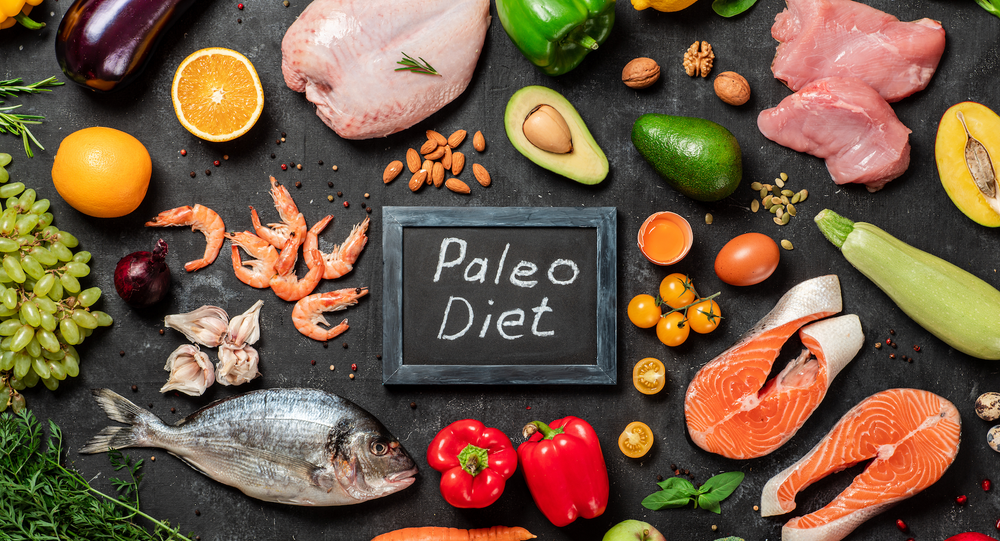
Everything You Need to Know About the Paleo Diet

Everything You Need to Know About the Paleo Diet
Everything You Need to Know About the Paleo Diet
When it comes to diets, it can be hard to know which ones are really worth doing, as there are so many options out there. In the case of the Paleo diet, it’s actually more a lifestyle change than it is a diet, and it can be very beneficial if done correctly. In this post, we’ll talk you through everything you need to know about the Paleo diet.
What is the Paleo Diet and Where Does It Originate From?
The Paleo diet is based around the concept of eating foods that would have been available to our hunter gatherer ancestors before the agricultural revolution around 10,000 years ago. It is argued that we haven’t evolved much genetically since then, as humans had been living in this way for over 2 million years, so we are unlikely to have adapted fully to modern diets in the 10,000 years since the agricultural revolution. This is why Paleo dieters believe that our bodies are conditioned to eat in the Paleo way, without incorporating processed or genetically modified foods.
The Paleo diet was originally developed by Loren Cordain, PhD, who started studying it back in the 1970s. His conclusion from his studies was that the Paleo diet is how humans are genetically designed to eat, and that it can help us to lead a healthier and more wholesome life.
The diet is believed to improve overall health and some credit it with reversing their chronic health issues, though this is something that is constantly undergoing research. Overall though, this is a diet that is all about eating simple, nutritious foods, and when you look at it like that, and you approach it properly, it can be incredibly beneficial.
In the average modern diet, a handful of seeds are cultivated to produce a small amount of crops which have become the basis of what we eat. The foods that we are genetically adapted to eat, which our ancestors relied on, are forming an increasingly small part of our diet as time goes on. So, the Paleo diet is essentially about going back to our roots and stripping away all of the stuff we eat that isn’t all that good for us.
What Are the Basic Guidelines of the Paleo Diet?
As with any diet or lifestyle change, there are certain guidelines you should follow to get the maximum benefit out of the Paleo diet. We’ve broken down the main ones for you here so you can get started in the right way.
- Foods that are still in their most natural state are preferred. This is because our ancestors ate whatever they could pick from the ground or kill, with little preparation involved. The key to this is to avoid processed foods as much as possible!
- To really get the most of this diet, you should try and eat a diet that is high in fats, relatively low in carbs, and has moderate amounts of protein incorporated into it.
- When eating meat, try and opt for grass-fed, organic meats rather than factory farmed meat, as the former is less likely to be packed full of antibiotics and chemical nasties that are often pumped into factory farmed animals.
- Try and eat organic vegetables where possible, as these are less likely to have been sprayed with toxins and pesticides.
- Grains and legumes need to be processed to be eaten, so try and avoid these as much as you can. Their gluten and antinutrient content can also cause inflammation in the body, which you want to avoid if you can!
Top Tips for Starting the Paleo Diet
- Before you start on the Paleo diet, have a kitchen clear-out where you get rid of everything that isn’t Paleo-friendly. Not having easy access to these foods will be key to sticking to the diet!
- Make sure to read the ingredient labels on any food you buy to ensure you aren’t accidentally buying a non-Paleo food!
- Try and prep meals in advance where possible, as this will help you stick to the diet by ensuring you always have Paleo meals ready to go.
- Use herbs and spices to make the diet more interesting if you feel it is a little bland!
- Work out ways to make your favourite recipes more Paleo-friendly.
- Look into products which can work as alternatives on the Paleo diet. The WellEasy store has a bunch of things available that can help you stick to the diet!
What Can You Eat on the Paleo Diet?
The Paleo diet isn’t as restrictive as the media likes to make it out to be. It does stop you eating a lot of foods, as processed and genetically modified foods are thought to be more difficult for our bodies to digest, but the good news is there are still plenty of tasty things you can eat if you plan on doing this diet.
This is a great diet to go for if you’re not a fan of counting calories, as it doesn’t require you to do so, nor do you need to control your portion sizes. You can eat anything on the list in as big a quantity as you want, whenever you feel hungry - it’s all about listening to your body!
In this next section we’ve broken down the foods you can eat and those you should avoid due to their processed nature, so you’ll always have a list handy if you need to refer back to it!
Foods You Can Eat:
- Most vegetables - vegetables are packed with nutrition and fibre, so they are great to eat to support your Paleo diet.
- As broad a variety of meat as possible - the only meats you need to avoid are super processed ones such as hot dog sausages or spam! Your local butcher will become your best friend, as they tend to have a great selection of humanely raised meat on offer. When cooking meat, try not to burn or char it, as this is carcinogenic and doesn’t fit in with your new lifestyle!
- Fish - fish are full of healthy fats such as omega-3 fatty acids, which are an important component of the Paleo diet. Just make sure to buy ethically sourced, wild-caught fish where possible.
- Eggs - eggs are great as our ancestors obviously had access to them too. Just be sure to fry them in healthy fats if you’re opting for a fried egg!
- Good fats - examples include coconut oil, ghee and duck fat for cooking, and olive oil or nut oils for salads. Filling up on healthy fats can actually help with weight loss as well as assisting with hair growth, skin elasticity, nail strength and better brain function.
- Nuts and seeds - nuts and seeds are sure to become your new best friend on the Paleo diet. They’re nutritionally dense, and are a great Paleo-friendly snack choice.
- Most fruit - fruits are full of vitamins and minerals which are essential to our healthy function. However, fruits with really high fructose levels, and particularly dried fruits, should be avoided.
- Natural sweeteners, e.g., honey and maple syrup, so long as they’re in moderation, as you don’t want your blood sugar to spike!
Foods You Can’t Eat:
- Grains, e.g. wheat, rice, corn, etc. - grains contain antinutrients, as well as carbs, so they are a no-go. This means things like bread and pasta are off limits too, as they are heavily processed. Rely on fruits and vegetables for your complex carbohydrate intake instead!
- Refined sugars and artificial sweeteners - this is a definite no, as it’s super processed! If you’re craving sugar, get it from some tasty fruit instead.
- Dairy (ghee is the exception as it is solid animal fat without milk proteins and sugars) - dairy is a point of contention on this diet, as it can be a great way to introduce healthy bacteria into the gut, however our bodies are not adapted to ingest milk after the first few years of life, which is why so many people are lactose intolerant. Based on this, it’s better to avoid this one in general!
- Legumes, e.g. beans, lentils, etc. - legumes can cause gastrointestinal distress, so they are a no go!
- Starchy foods, e.g. potatoes - there are so many Paleo-approved veggies that it shouldn’t be hard to avoid starchy veg such as potatoes! You can eat sweet potatoes instead as their starch content is lower.
- Alcohol - alcohol consumption should be limited on the Paleo diet as it’s essentially poison to our bodies. Spirits such as tequila, vodka and gin can be enjoyed in moderation, but it’s best to avoid them completely where possible.
- Processed foods - whether it’s meat or anything else, processed foods should be avoided on the Paleo diet. Stick to organic options instead, they’re much better for you!
When putting a Paleo meal together, you should always aim to have some protein, a tablespoon of healthy fat, and a load of vegetables. Try and make your meals as varied as possible!
Benefits of the Paleo Diet
An Example Meal Plan on the Paleo Diet
If you are keen to start on the Paleo diet but are struggling to think of meals that will work with it, then this is the section for you. We’ve compiled an example one-day meal plan that would work perfectly on the diet, so you can draw inspiration from it to create your own meal plan!
Breakfast: Avocado, kale, banana, and apple smoothie with almond milk. Packed with vitamins, minerals and fibre, this is a classic Paleo-friendly breakfast.
Lunch: Mixed salad leaves with roast chicken and an olive oil dressing. This incorporates protein (make sure the chicken is humanely raised!) as well as vitamins, minerals and healthy fats.
Dinner: Beef stir-fry with mixed peppers, using coconut oil to fry. Using grass-fed beef, this is a perfect Paleo dinner as it packs in protein, healthy fats and vitamins and minerals.
Conclusion
As you can see, the Paleo diet has a whole host of benefits to it. If you’re looking to improve your overall health, in particular your digestive health, then this is one of the best diets around. The diet’s reliance on healthy, wholesome foods means it will make you feel happier and healthier in no time, so long as you follow it correctly. This is more of a lifestyle change than a diet, and it can absolutely be sustainable over time once you’re used to the new diet pattern you are following.
By Lola Sherwin




